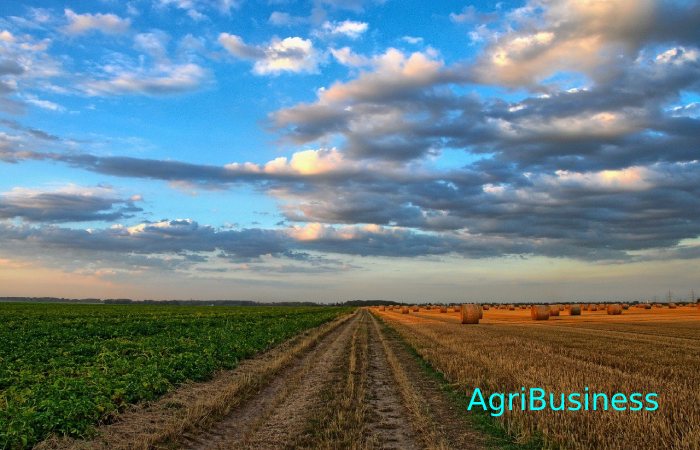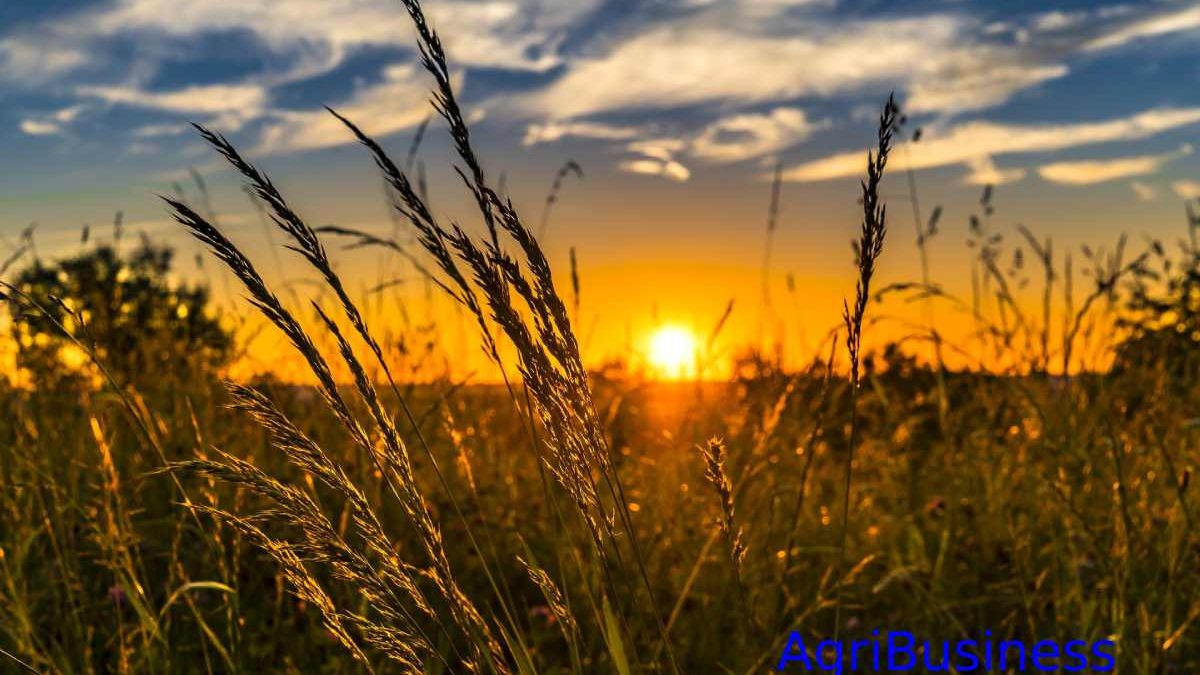Agribusiness is nothing more than those economic activities related to production and industrialization, like livestock or fishing. In other words, it is the process by which value is added, the farm product is modifying and professionalized, which will subsequently be marketed at the end of the value chain. The wood extracted from the trees afterward must go through preparation, lacquering, conservation, and cutting, other techniques.
When we talk about agribusiness, we refer to the professionalization of agriculture sectors. Sectors have existed beginning of societies. Become professionalized that this sector has become an industry with the Industrial Revolution and industrialization. Livestock and fishing have been practiced. To develop the concept of agribusiness, we must first briefly introduce the classic division of economic activity. According to this, there are three production sectors in economics: the primary sector, aimed at obtaining raw materials from natural resources, such as food obtained from agriculture or fishing; the secondary industry, which is in charge of transforming and processing these raw materials so that they can be consumed, using appropriate machinery and technologies, and, finally, the tertiary sector, where all the activities related to services would be.
Table of Contents
Types of Agribusiness

As we said before, among the types of agroindustry, we can point out two main ones:
The production of preserves and jams, the pasteurization of milk, concentrated fruit juices, and fishmeal production. The manufacture of olive oil is just a process develop within an agribusiness framework.
Food Agroindustry
It refers to those activities related to the contribution value of products extracted from nature in sectors such as agriculture or livestock. For example, a slice of sliced meat kept on a supermarket shelf for consumption, wrapped in its packaging and with its expiration date and characteristics, or fruit in the supermarket, selected and classified and put on the frame—for sale after a production and preparation process.
Non-food Agroindustry
It refers to those economic activities related to the production and preparation of natural resources. Said resources, subsequently, become raw materials that can be used in the production processes of finish goods. In this way, the felling of trees and the production of wooden beams later will lead to constructing of a house or a factory.
Classification of Agri-Industrial Activities
Within the concept of agroindustry, we can frame multiple activities. Next, we classify everything that we can include in this critical sector.
Agroindustrial Activities without Transformation
Product reception centers: agricultural, livestock, and forestry producers bring their products so that they are selected, packaged, and placed on the market.
Storage and conservation: here would be the companies that are dedicate to the storage of grain in silos or to the conservation of the product in cold rooms and freezers, preventing it from deteriorating and allowing the processing industry to have a continuous supply of raw material, even after the harvesting seasons.
Agroindustrial Activities with Transformation
In this section, we find the activities in which the first transformation of the products is carry out:
Conservation and packaging of products: canning of fruits and vegetables, packaging and freezing of vegetables, drying of tobacco, dehydration of fruits, preparation of jams, or pasteurization of milk.
Production of products from the raw material: fruit juices, tomato concentrates, sugar refinement, butchering of cattle in slaughterhouses, the output of beers and olive oils, etc.
Second elaboration of products: from the consequences resulting from the previous processing of the raw material, we obtain other products with even greater added value, requiring another second level of transformation. Here we would find the by-products of milk, such as cheese and yogurt; meat by-products, such as sausages or bacon; and the production of all kinds of pieces of bread and prepared meals.
Importance of Agroindustry
It is justified by being the axis of production or economic development of every country. A resource or natural agricultural product is transform into an industrialize product with manufacturing and superior add value.
Likewise, moving from artisanal to industrial production and providing agri-food products for societies.
It plays a fundamental role in generating employment, agricultural diversification, and supplying the market with manufactured products. As well as foreign exchange, it stimulates the production of intermediate goods, contributes to GDP, food security, economic growth, and rural development.
Agribusiness Examples
Corn cultivation, fruit concentrates, vegetables, flowers and dyes, essential oils, fabrics, dairy, pasteurized, meat conglomerate, wooden doors, fish, and others.
Characteristics of the Agroindustry
Among the main characteristics of agribusiness, the following should be note:
- It is an economic activity.
- It was born due to the professionalization of sectors such as agriculture or livestock.
- Comprises the sectors mentioned above (agriculture and livestock) and others such as forestry or fishing.
- It refers to all those productions, industrialization, and modification activities.
- Commercialization of products related to the sectors mentioned above.
- In other words, it is the process by which value is add to the product obtain from nature.
- It can be divide into two types: food and non-food.
An example of agribusiness can be the felling of trees or the large-scale production of fruit for sale in supermarkets.

